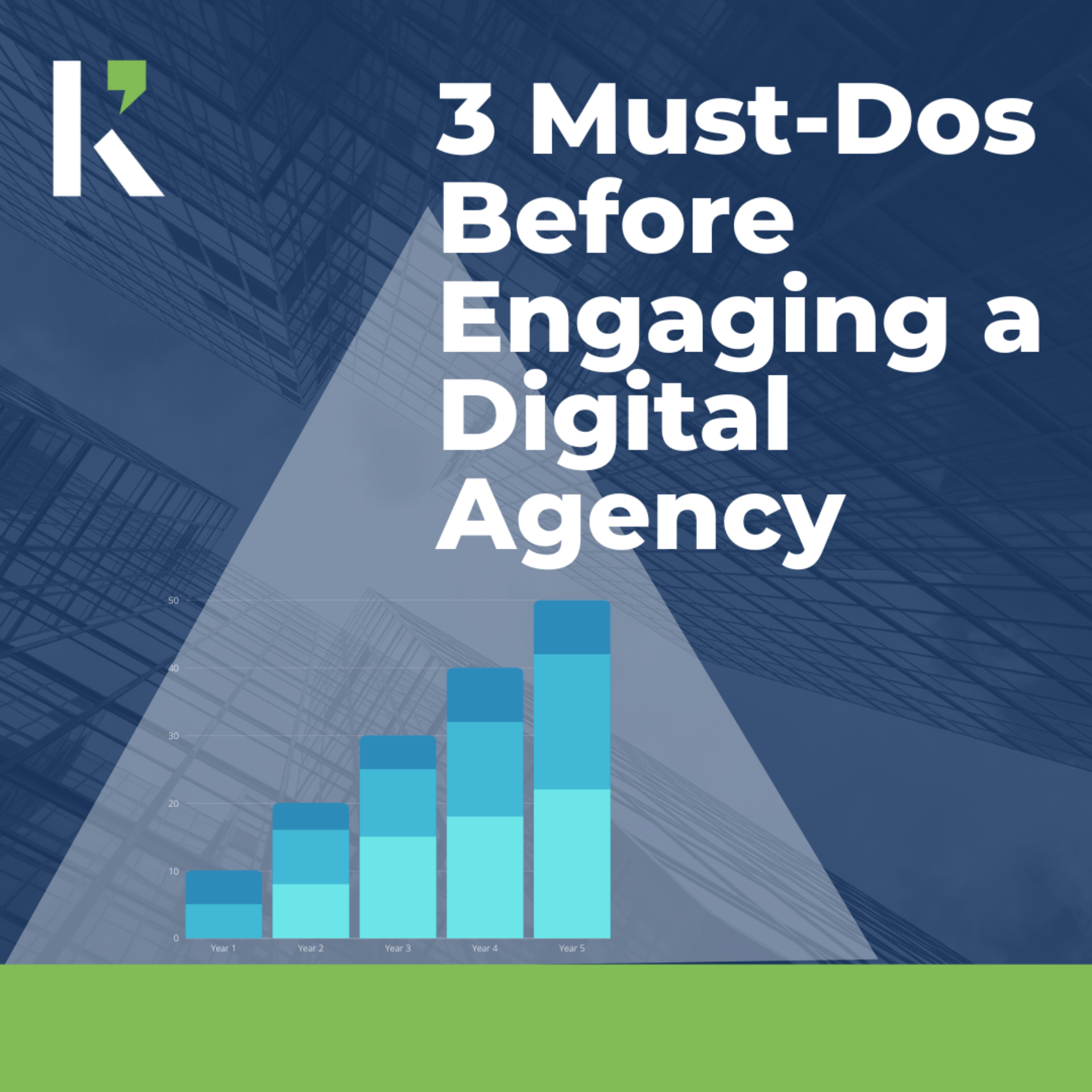The digital world can be intimidating. Especially if it is crucial to your marketing plan…and you have no idea where to start. Of course, like everything, there are professionals and agencies. But you need to learn the basics so you know what questions to ask. Here are some foundational steps to get you started.
#1 Define Your Business Objective:
Identify what you want to accomplish with a digital plan. Sell a product or service? Build brand awareness and credibility? Hire new talent? Knowing what your end goal is will help you to define what kind of high-level digital marketing will work best for you. The most popular digital marketing solutions include Organic and Paid Social Media, Online Marketing, Search Engine Optimization and/or Marketing, and Email Outreach. Which solution aligns with your business objectives?
- Build awareness and credibility: Organic Social Media, SEO, Email Outreach
- Sell a product or service: Paid Social Media, Online Marketing
- Hire new talent: Organic and paid Social Media, SEO
#2 Identify Your Target Audience and Where to Reach Them:
Once you know what type of digital marketing solution(s) will work best for you, you can narrow in on specific channels and platforms by identifying your audience and what content serves them best. Which organic social media channel is the best way to reach your audience?
- Facebook: Build awareness and credibility with ages 25-34
- Twitter: Promote news articles and conversations with ages 30-49
- YouTube: Build awareness and lead generation through only video for all ages
- LinkedIn: Build corporate awareness and credibility for ages 46-55
- Instagram: Build relationships, conversations and lead generation through images and video for ages 25-34
- TikTok: Build relationships and loyalty through videos for ages 18-24
- Pinterest: “Scrapbook” for lead generation with ages 30-49
Which Paid Social Media and Online Marketing solution is best for your business goals and target audience?
- Google Search Ads: use Google’s reach to drive all business goals to all audiences
- Google Display Ads: target any audience with display ads on popular websites those audiences use
- Facebook Ads: use data collected from Facebook to target specific demographics and psychographics through an array of formats
- Instagram Ads: as Instagram is owned by Facebook, use their audience targeting tools and ad formats to reach Instagram users
- Twitter Ads: in addition to display ads, use Twitter to promote tweets to be delivered directly to your target audience
- LinkedIn Ads: if your business is B2B, this is a great platform for advertising industry-specific content
- Pinterest Ads: promote pins to reach a very specific target demographic (mid-to-upper class women)
- Alternative PPC Platforms: advertise directly through online sites and services that your audience frequent
#3 Drive Behavior Through Creative
We could dedicate an entire article to just this! So here are the basics:
- Find your keywords: keywords are not just for search campaigns. They are the glue that links your audience to your ads to social media to your website. Identify what they are and make sure they are present in each aspect of your digital presence
- Identify your key selling points: what makes your product or service stand out from competitors? Use these as the foundation for your creative messages in both images and copy
- Align your call to action with your business goal: make sure you are driving your audience to easily do what you want them to do. Keep your call to action as clear and clean as possible
Want to learn more? Visit www.kirkpat.com.
By: Cara Wetzel
